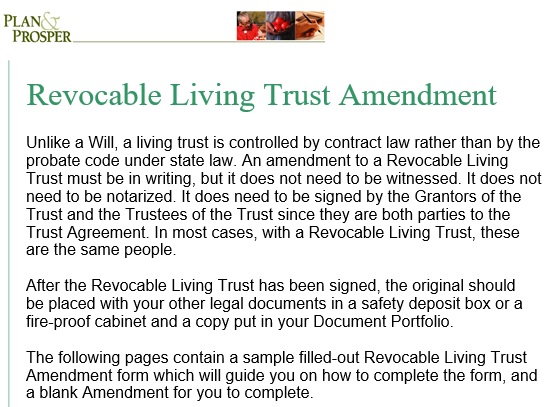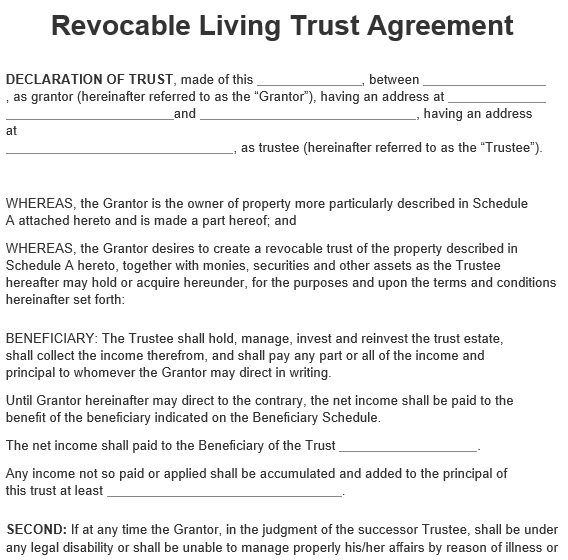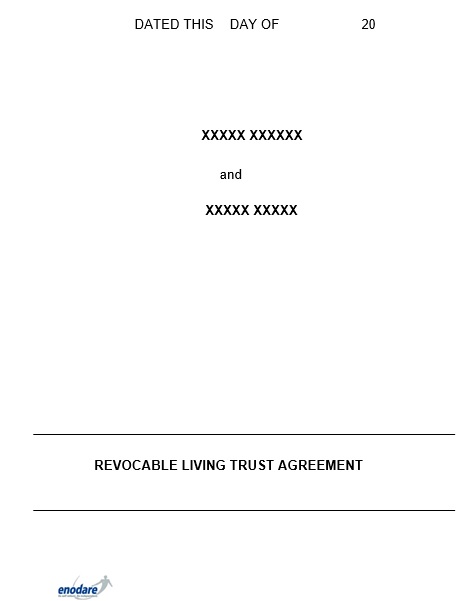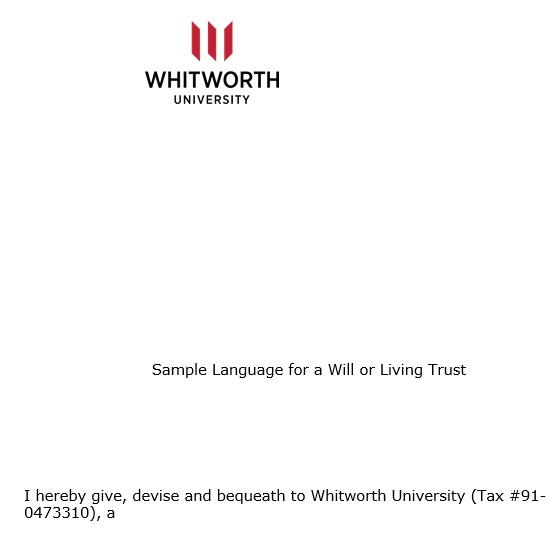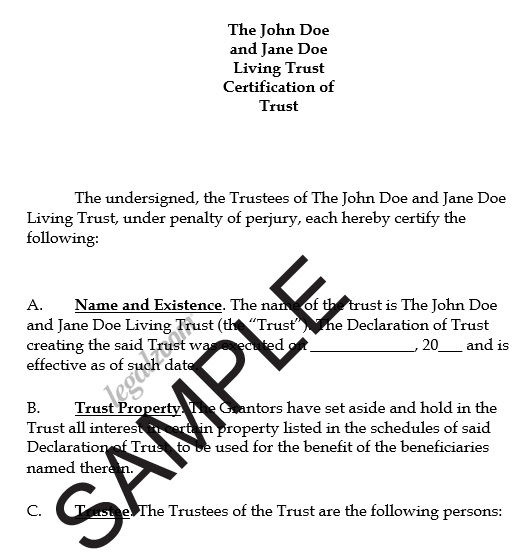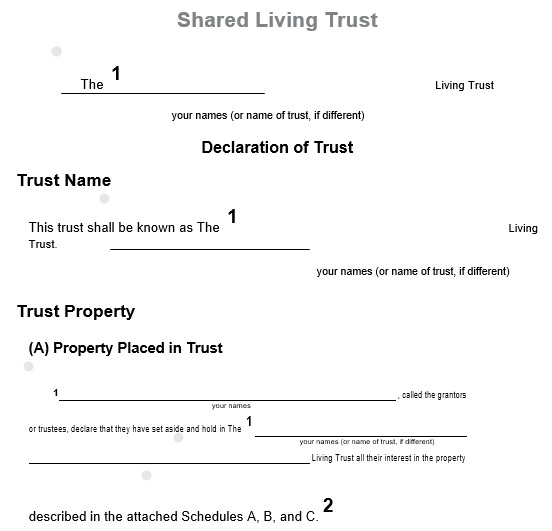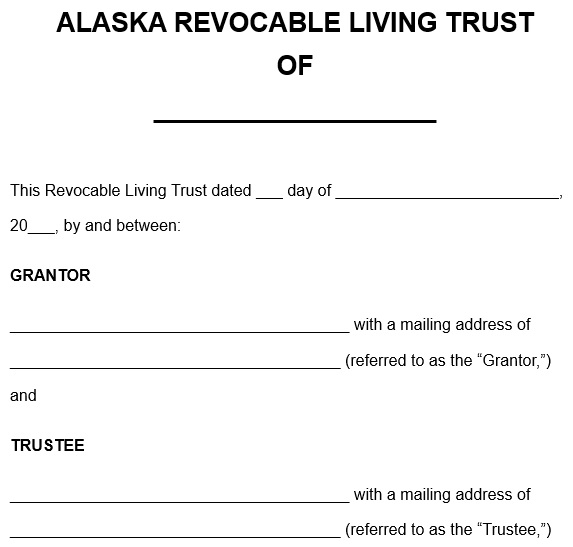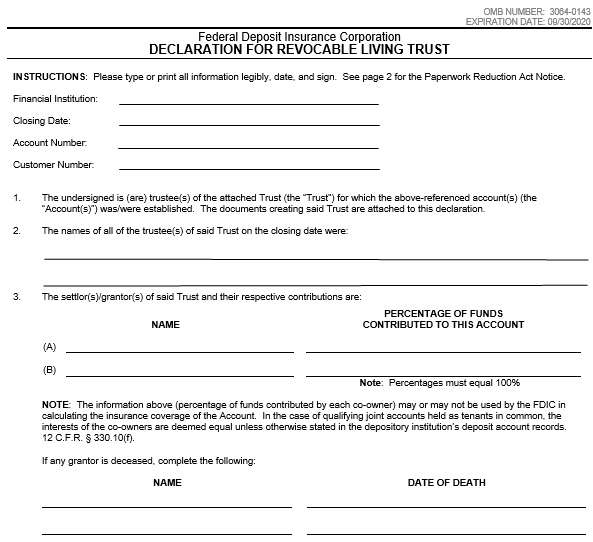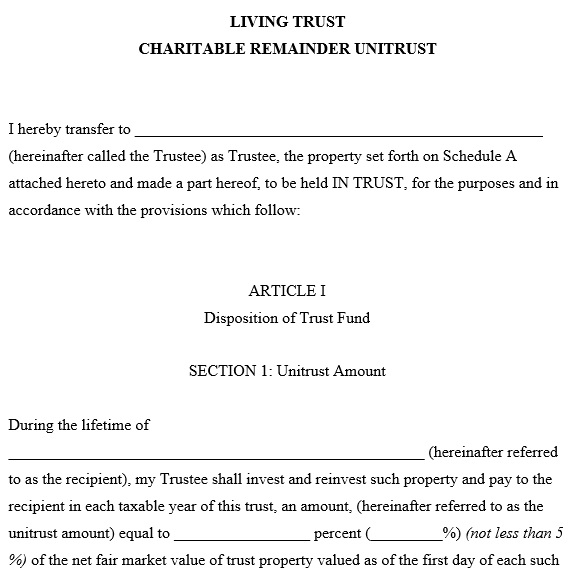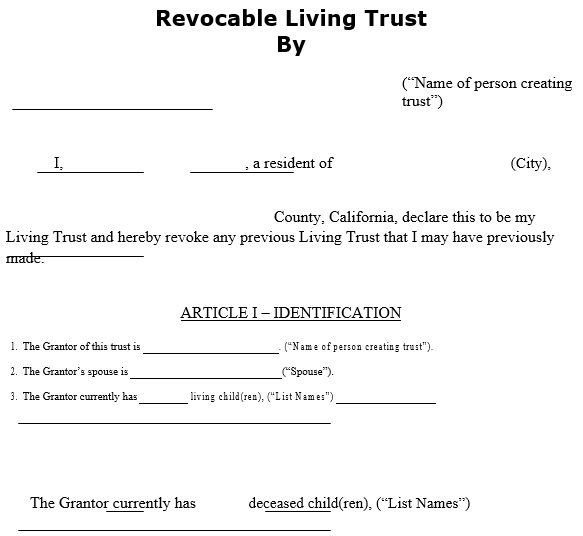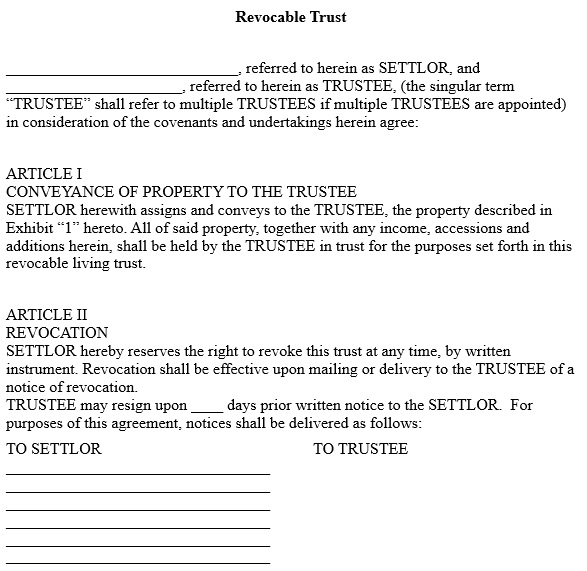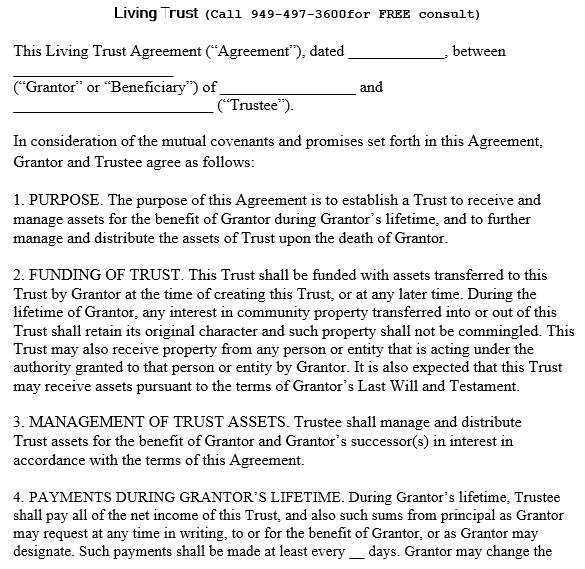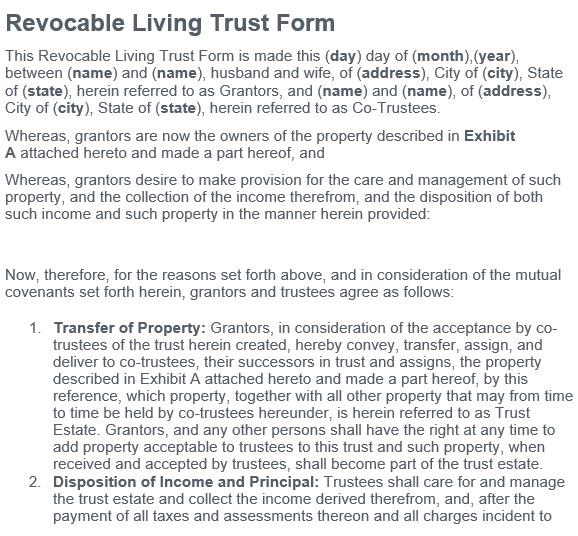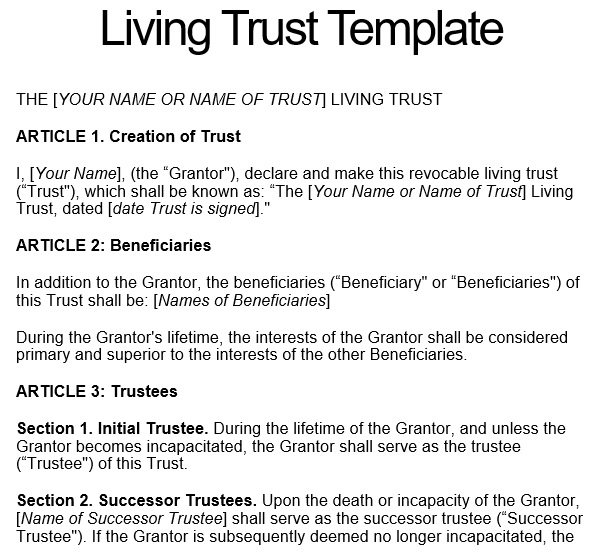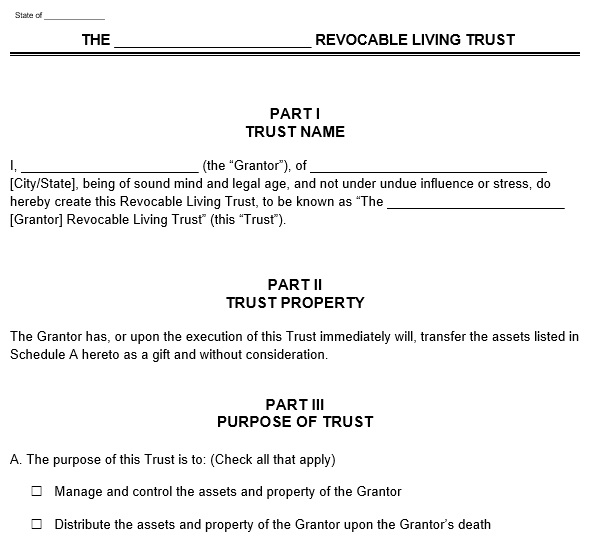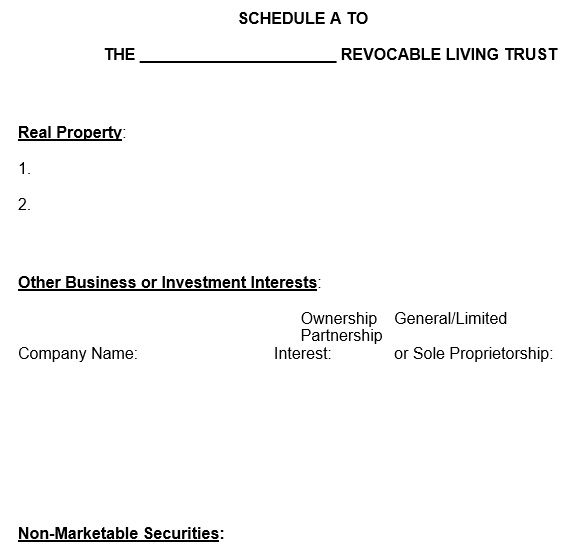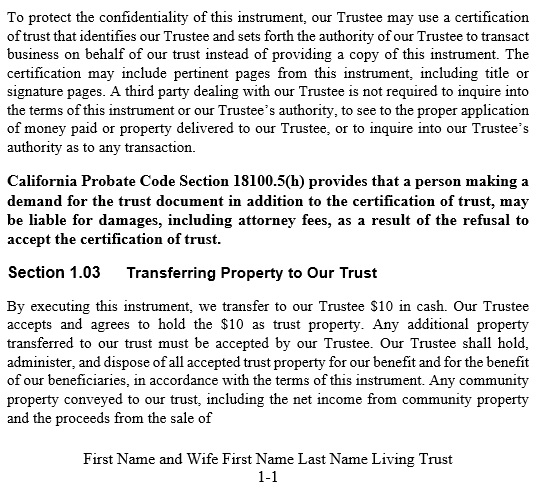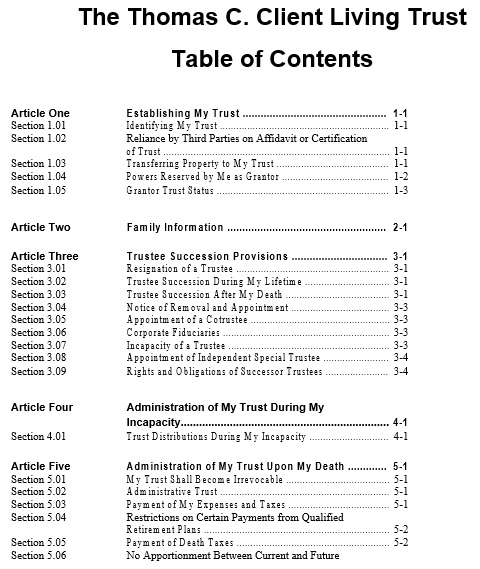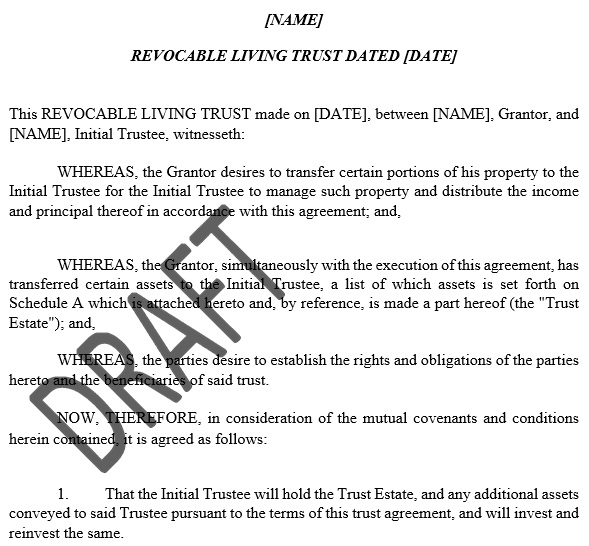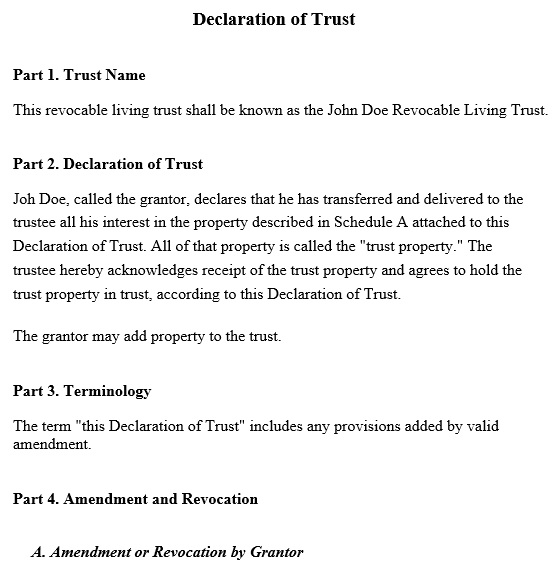A living trust form is a formal document that enables you to give your assets to the advantage of another person upon your incapacitation or death. This document differs from a will. This is because it doesn’t go through a probate process.
Table of Contents
- 1 Why do you require a trust?
- 2 Types of living trust forms
- 3 The purpose of revocable living trusts:
- 4 Can you set up a living trust by yourself?
- 5 What documents are required for a living trust?
- 6 The advantages of living trusts:
- 7 The disadvantages of a living trust:
- 8 How to create your own living trust?
- 9 Conclusion:
- 10 Faqs (Frequently Asked Questions)
Why do you require a trust?
You require a trust in the following situations;
- You have to make a trust if you own property that you desire to pass down.
- If you want beneficiaries to get property as soon as possible.
- To avoid probate fees, you should make a trust.
- You can also create it in order to keep your estate information private.
You can get benefit of bypassing probate by having living trusts. However, it can be a lengthy process. Trust assets pass directly to beneficiaries after your death as they are considered non-probate property.
Types of living trust forms
Living trust forms are used to prepare your assets and estate. You have established this trust during your lifetime. In this trust, you will place your properties and assets within the trust for estate and asset planning. Then, for your beneficiaries, you assign an individual to manage assets while you’re still alive. Let us discuss the two main types of living trusts;
Irrevocable
This trust is not changeable. It acts as a separate entity. It states that a property that you have listed in your trust is no longer yours. Typically, an irrevocable living trust form has its own TIN. You can apply for it with the IRS.
Revocable
This is the more popular type of the living trust. This is because it allows you to change the contents of the revocable living trust form at any particular time. The assets are considered yours that are listed in the trust.
The purpose of revocable living trusts:
The revocable living trust proves very useful as part of your estate planning process. It is considered the valuable tool. Your assets will be distributed as per your state’s intestate succession laws in case you pass away without a trust or Last Will. Your estate will be distributed as per your desires documented in your Will in case you have decided to create a Last Will and Testament as part of your estate plan.
Furthermore, you can avoid the public probate process by having a revocable living trust. This indicates that your assets get divided to your beneficiaries quickly. This living trust can also serve other purposes on the basis of your objective. It provides you incapacity protection.
Can you set up a living trust by yourself?
Yes, without involving any lawyers in any part of the process, you can create a do it yourself living trust. The main task is to name a trustee who you will charge with the management of your assets. Then, you have to distribute them. You will commonly name yourself as the primary trustee.
In order to have a backup, it is suggested to name a successor or alternate trustee. You can do so if you choose a trust company or a bank to be your trustee. In your living trust form, you have to select the beneficiaries after the beneficiaries. Beneficiaries are those who will receive the property or assets in your trust. This is usually your family member in most cases.
What documents are required for a living trust?
A living trust is a relationship in which an individual owns a property for another’s benefit. With the help of a living trust template, there are many cases where you can establish a trust. Below are the documents that you can use with living trust forms;
Trust agreement:
Trust agreement makes a trust that explains your relationship’s parameters. The agreement provides instructions on how the trustee must manage and distribute assets. It also states that when you can revoke or amend the trust.
Trust declaration:
It is used to make a trust indirectly or directly. This document simply states that it is a “held in trust.” This means the property to which you hold title is another person’s property.
Power of attorney:
This document builds a relationship between you and your trustee. It allows the latter to do certain tasks or access specific accounts that you own. Dealing with legal matters becomes easier for your trustee with the help of this document.
The advantages of living trusts:
Let us discuss below some advantages of living trusts;
Revoking or modifying
They are flexible in nature and you can amend them as required and adapt to life’s changes.
Avoiding probate
After your passing, they can bypass the probate process by placing assets into a living trust. Transfer of ownership to your beneficiaries can become seamless by having revocable living trusts. In order to avoid the probate process, you don’t need to place your entire estate into a trust.
Plan for incapacity
You can plan for incapacity with a living trust. You can make sure that the trust’s assets can get controlled in case you appoint yourself as the trustee of your trust and as your successor trustee, you have name someone else.
Make sure your privacy
Revocable Living Trusts are not public so you can make sure privacy for yourself and your beneficiaries.
The disadvantages of a living trust:
Living trust forms have their own complications and disadvantages let us discuss them below;
Paperwork:
Making a living trust is both inexpensive and easy. It doesn’t need a lot of paperwork. After creating the document, print it out. Then, affix your signature in the presence of a notary public.
Record-keeping:
You have to keep day-to-day records after creating a revocable living trust. There is no need to separate income tax returns or records in case you are both the trustee and the grantor. In addition, each time, when there is a transfer of property to and from your trust, you have to maintain written records. It has become more difficult when you have to transfer a lot or properties in and out of your trust.
Tax transfers:
The transfer of real estate to a revocable living trust isn’t added from transfer taxes in most states. They are typically imposed on transfers of real estate. But, in a couple of states, this transfer may result in a tax.
Challenge of refinancing a trust property:
Sometimes, when you request the title companies and banks to refinance your property they may hesitate. This is because the legal title to real estate in a trust is in the name of your trustee. However, if you indicate them a copy of the trust document then you can reassure them sufficiently. This specifically provides you as the trustee, the right to borrow against the property.
No cut-off for creditor’s claims:
People usually don’t worry that after dying, creditors will continue collecting debts from any property in their estate. In most cases, the existing relatives pay all valid debts such as taxes, illness expenses, etc.
How to create your own living trust?
You should add the following relevant information in your living trust;
- The name of the individual who is creating the trust. This can be the settlor, trustor or grantor. This will be your name if you are making a living trust for yourself.
- The name of the trustee whom you have selected. He/she is the one who manages your trust. You can also select yourself as the trustee too.
- The name of the individual who will take over as the trustee. He will distribute your property if you die or become incapacitated.
- Mention the name of the people who will receive your properties in the trust. These are known as your beneficiaries.
- Also, indicate the name of minor beneficiaries that will manage any property.
Conclusion:
In conclusion, a living trust template is an effective document to prepare your assets and estate. You have to transfer into the name of your trustee all of the properties to make your trust document effective. You can also use some form of standard transfer document for the transfer.
Faqs (Frequently Asked Questions)
In your living trust, you should place the following assets;
1- Real property
2- Vehicles
3- Bank accounts
4- Investment accounts
5- Stocks and bonds
6- Other personal property
No, living trusts aren’t considered as public record. Only the successor trustee and other involved parties have full access to trust documents.
The living trust becomes irrevocable after the grantor’s death. The successor trustee takes over the responsibility and according to the instructions in the document, they manage the trust and distribute assets to beneficiaries.

